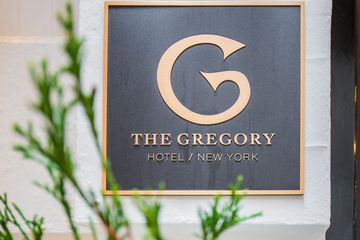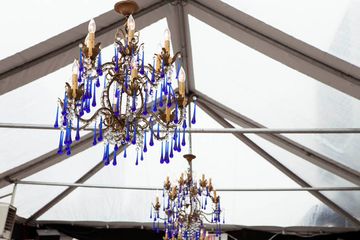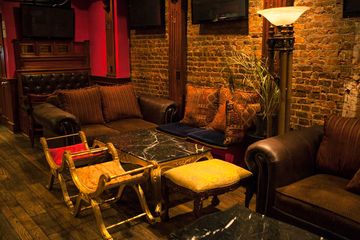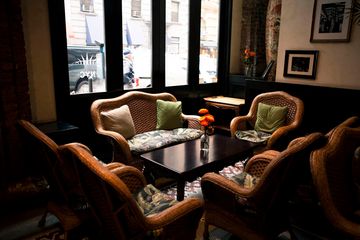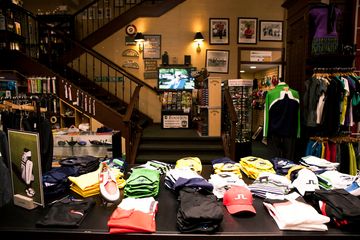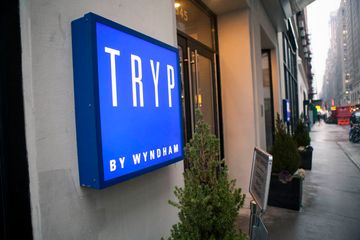After visiting the newly opened Renwick, Olivia, Tom and I walked west to its sister hotel, the Gregory. Originally built in 1903 and known as “The Gregorian, ” its purpose was to house spillover guests from the Waldorf Astoria. It was designed to be reminiscent of Upper West Side homes, with rooms that were double the height of normal hotels. In the mid-twentieth century, the Gregorian closed and the building passed through the hands of different hospitality groups. In 2015, however, the Gregory opened with the goal of recreating the hotel’s former glory. Susan Richardson, the Director of Marketing at the time, was pleased to give us a tour of the newly renovated hotel and to share some of the history, while also pointing out the various amenities and features. The overall design of the hotel is inspired by elements of the fashion world, as it is located in the garment district. Susan also mentioned that the Gregory is the only hotel that is a member of the Save the Garment Center movement and that they have recently formed a partnership with Fashion Institute of Technology (FIT). Susan explained that the hotel was designed with the goal of feeling "homey. " The lobby was built to have the comfort of a living room, complete with the bar, called “The Liquor Cabinet. ” The whimsical idea behind the name is that guests can “raid the Liquor Cabinet” during happy hour. While chatting, the bartender made one of their signature drinks, the Ginger Bootlegger, made with Bootlegger vodka, Cointreau, and ginger beer. The cozy, home-away-from-home atmosphere is enhanced by the concierge desk, where guests are encouraged to sit down in an armchair as they check-in and to feel the warmth of the fireplace during the colder months of the year. Similar to the Renwick, the Gregory focuses on trying to manufacture many of the features of the hotel in New York City. The lobby’s wood floors were not only made in Manhattan, but cut right here in the building. The shelves, which held fashion books, sewing machines, and other relics of the design world, were also cut in the lobby. Adding to their strong link to its history, we observed the pictures of the original hotel on the wall, along with an old menu and various artworks from the early twentieth century. Before heading into the elevator, we stopped into Brendan’s, the lively Irish pub connected to the hotel. The restaurant used to be the Gregorian’s Palm Court. “They are a great neighbor, ” Susan said. Upstairs, we stepped inside an impressive guest room. It was remarkable how different the Gregory and the Renwick are, but with the same careful attention to detail and emphasis on guest comfort. Where the Renwick has eclectic images and outside-the-box design, the Gregory has clean lines and simple patterns. As Susan so aptly described it, “The Renwick is the artist and the Gregory is the tailor. ” There are hints of the fashion world everywhere, including Do Not Disturb signs made of ties and framed clothing patterns on the walls. Like the Renwick, each of the beds are custom made for the hotel. Although both hotels are designed for the transient traveler, Susan feels that the Gregory appeals to a slightly younger crowd - one that wants a warm, communal place to work and network. With that in mind, guests are encouraged to come down to the lobby for coffee in the morning and mingle with one another. The tech industry has started drifting into the neighborhood and Susan feels that members of the tech world appreciate the chance to meet people and work in the living room environment of the lobby. “We are creating a culture of offering guests an experience, ” she said, smiling.

